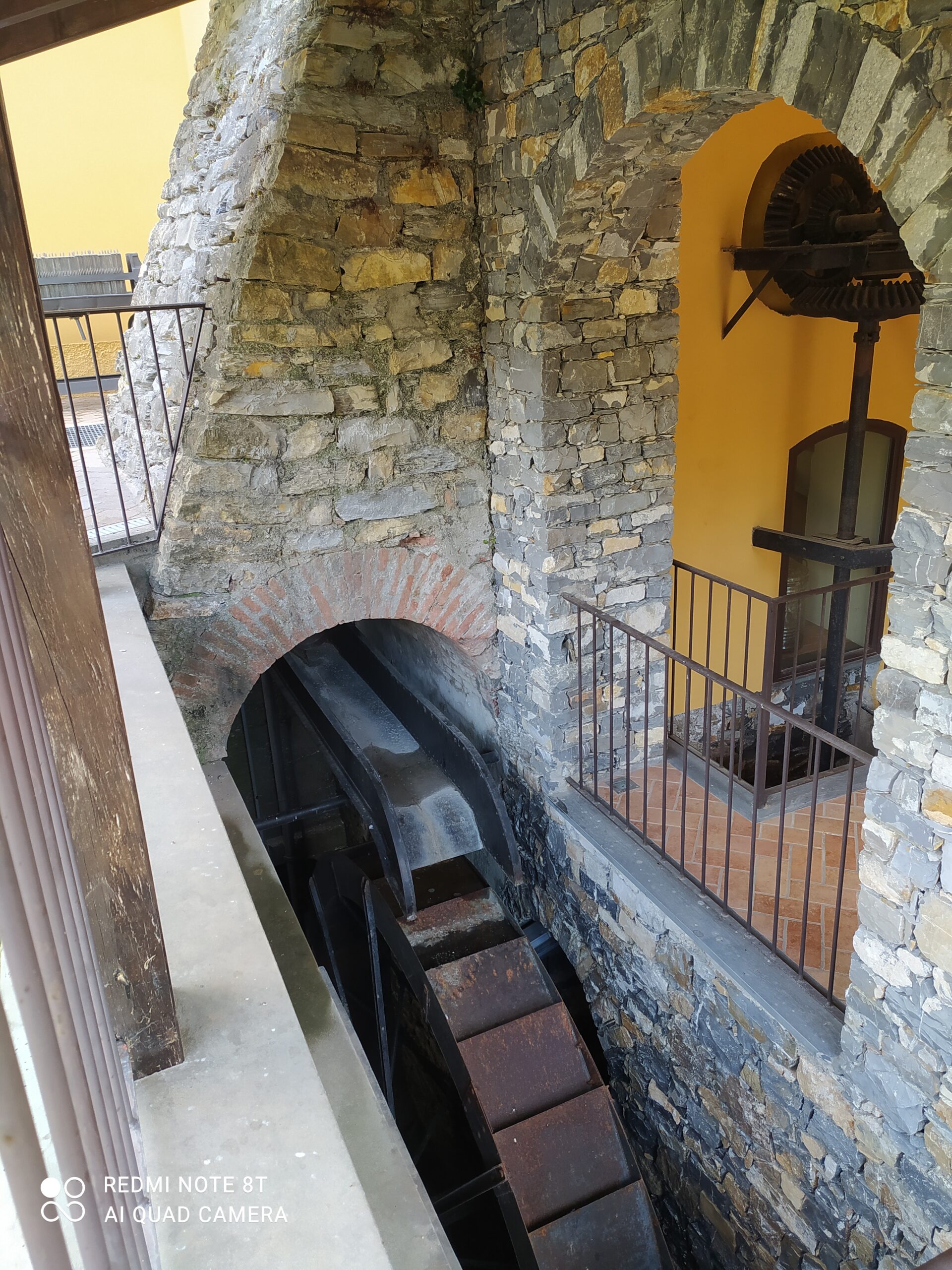Olive trees, olive oil and farming culture
Olive trees and olive oil: farming culture in the Riviera of Flowers
The cathedral of olives: Giovanni Boine’s metaphor perfectly describes the landscape of the Riviera of Flowers. The olive tree is the symbol of the region: it covers most of the cultivated fields with its silvery-green foliage, reaching from the coast towards the inland areas. But here the olive tree is also culture, ancient peasant wisdom that defines the history of the countryside and how it was cultivated as a result of great effort, centuries-old interaction between man and nature, and heartfelt devotion to rhythms, seasons, and customs that are part of the DNA of fhe Riviera.
Stone by stone
The origin of the widespread diffusion of the olive tree in this area is attributed to the Benedictine monks. It was their industriousness, applied to a harsh and difficult land, that defined the present landscape of hills snatched from steep heights, made arable with strips of land and stone walls.
To observe the terraces of the Riviera, the precipitous hillsides achieved by the sweat of heroic peasants, facing the sea and standing firmly among the maxei, is to witness a history stretching back 1,000 years. To savour the area where Taggiasca olive oil is produced is to enter into a dialogue with the rural civilisation that learned to live with this land, shaping its landscape.
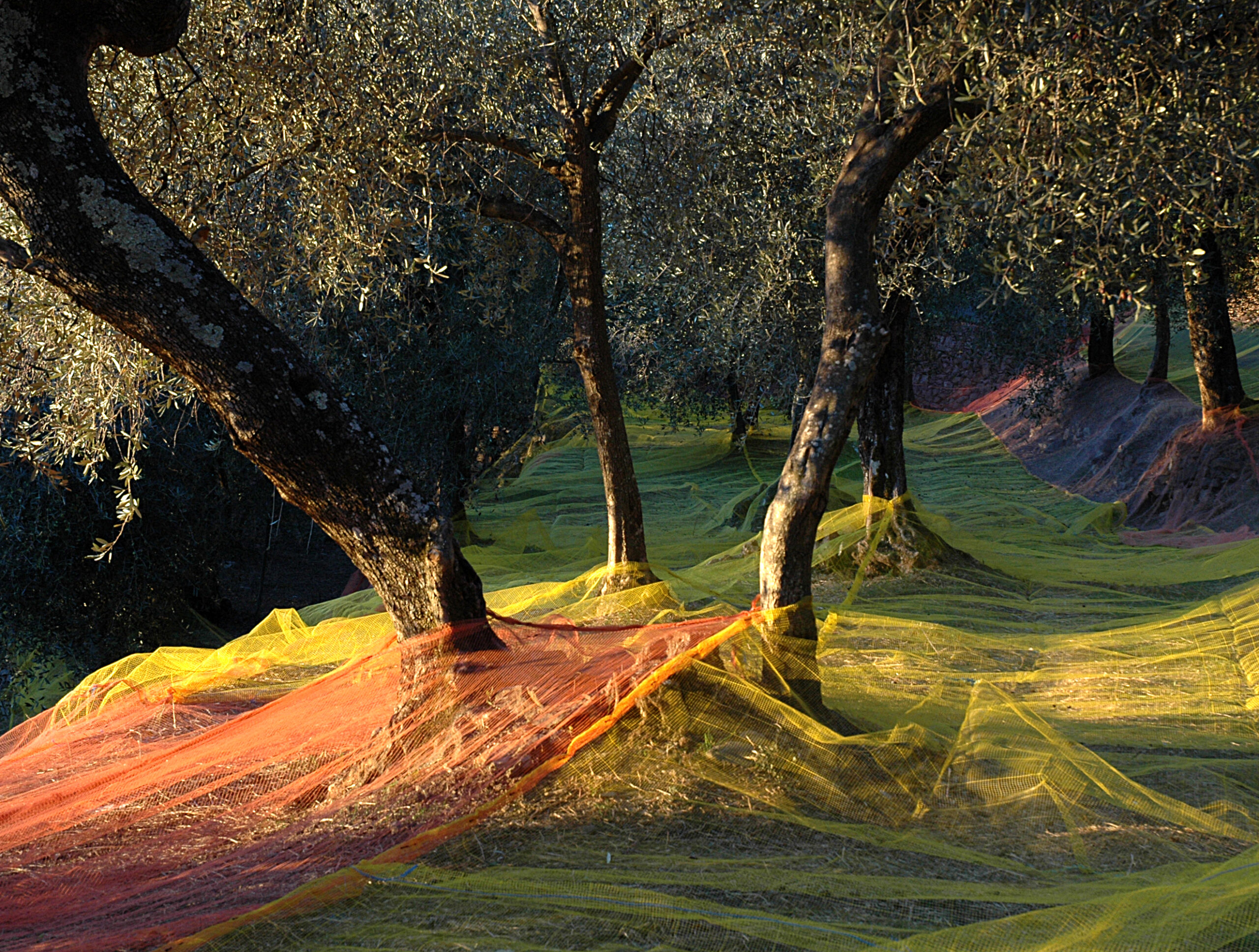
From harvesting to presssing: the olive lexicon
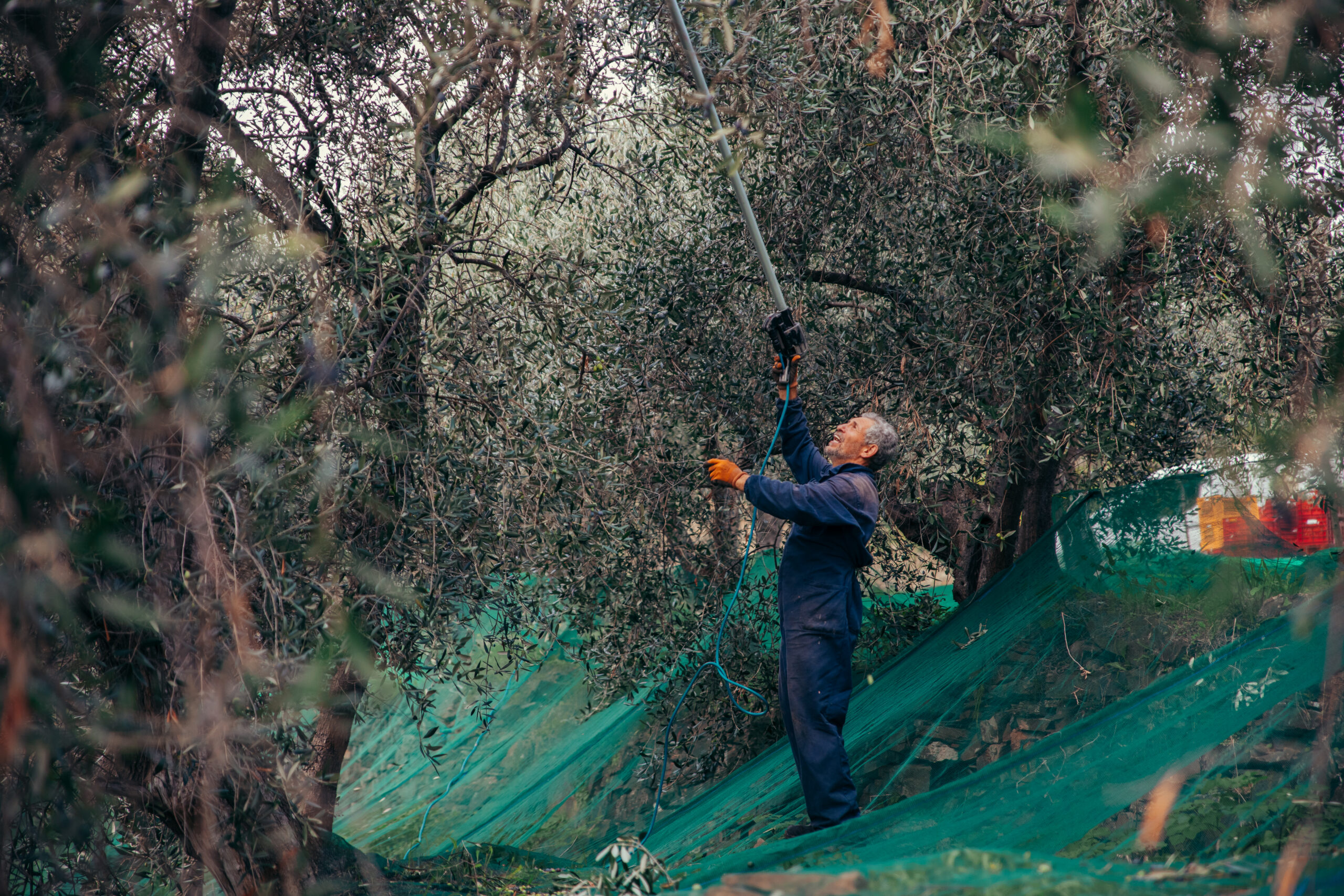
Gumbu, quarta, trappa… Dialect is the language of olive tree culture , a lexicon built on the labour in the countryside. The harvest, hard work, at one time was done by hand thanks to the sciasceline, young women who were paid by the day or by the quarta (about 12.5 kg of olives). The olive grower, often a fanatical boss, climbed the trees, even really high, to bacchiare (knock down) the olives with the trappa, a long wooden stick. The olives ended up in the cavagni to be sent to the gumbu, the mill with the stone olive press, known as the molazza. Here the pressing took place: the olive paste was filtered through the fiscoli, under the press.
The olive tree valleys
The rural villages of the inland areas offer century-old trees. The extent of land cultivated with olive groves is considerable between the Impero Valley, the Maro Valley, and the Caramagna and Prino valleys. Here the countryside reveals its history: this is the kingdom of the olive tree, a silvery sea interrupted only by stone walls, the coloured nets used for gathering the olives and some ancient millstones found among the streams.

Lucinasco and the Museum of Rural Culture
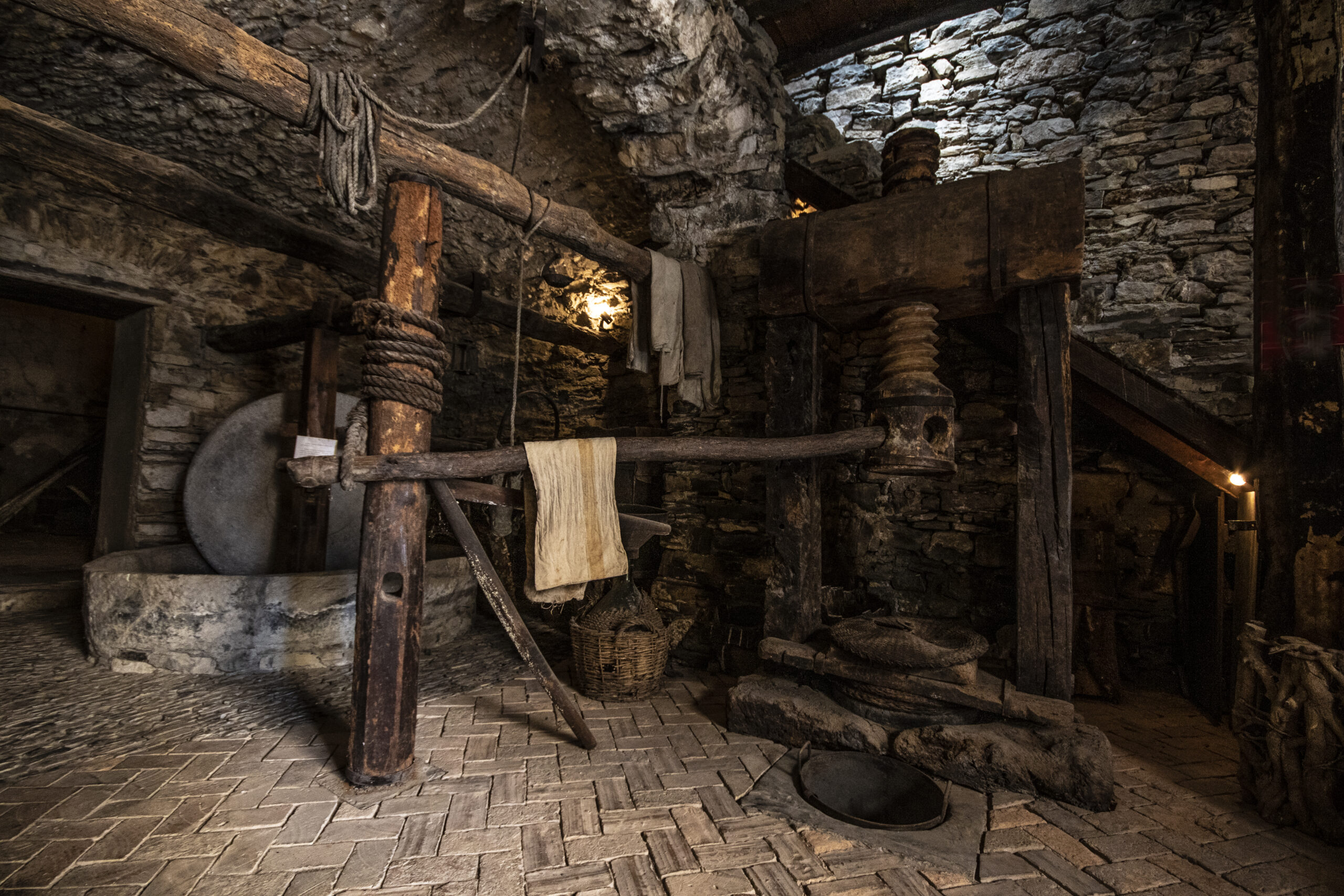
The ethnographic section of the Lazzaro Acquarone Museum of Sacred Art in Lucinasco is dedicated to the rural civilisation of olive cultivation. The exhibition , set up in a barn, recalls the trades of the land and the artisans, with their instruments and an ancient olive oil mill. Also recommended to visit is the Casa Contadina or peasant house, an environment restored to show the life of the past, with original furniture and objects from past centuries.
Imperia, the capital of olive oil
Over the centuries Imperia has earned the reputation of capital of the Italian olive oil industry, with its valleys cultivated with olive groves, the dominant and increasingly specialised monoculture, but also with the commercial port of Oneglia that has flourished since the eighteenth century. The remarkable quality of the oil has over time led to exporting and has sharpened the skills in the industrial aspect of the sector. Not surprisingly the Sairo (Società Anonima Italiana Raffinazione Olii (S.A. Italian Oil Refinery) the oldest olive oil refinery in Italy, was founded in Imperia in 1912. And even today the headquarters of Onaoo, the National Organisation of Olive Oil Tasters, is found here.
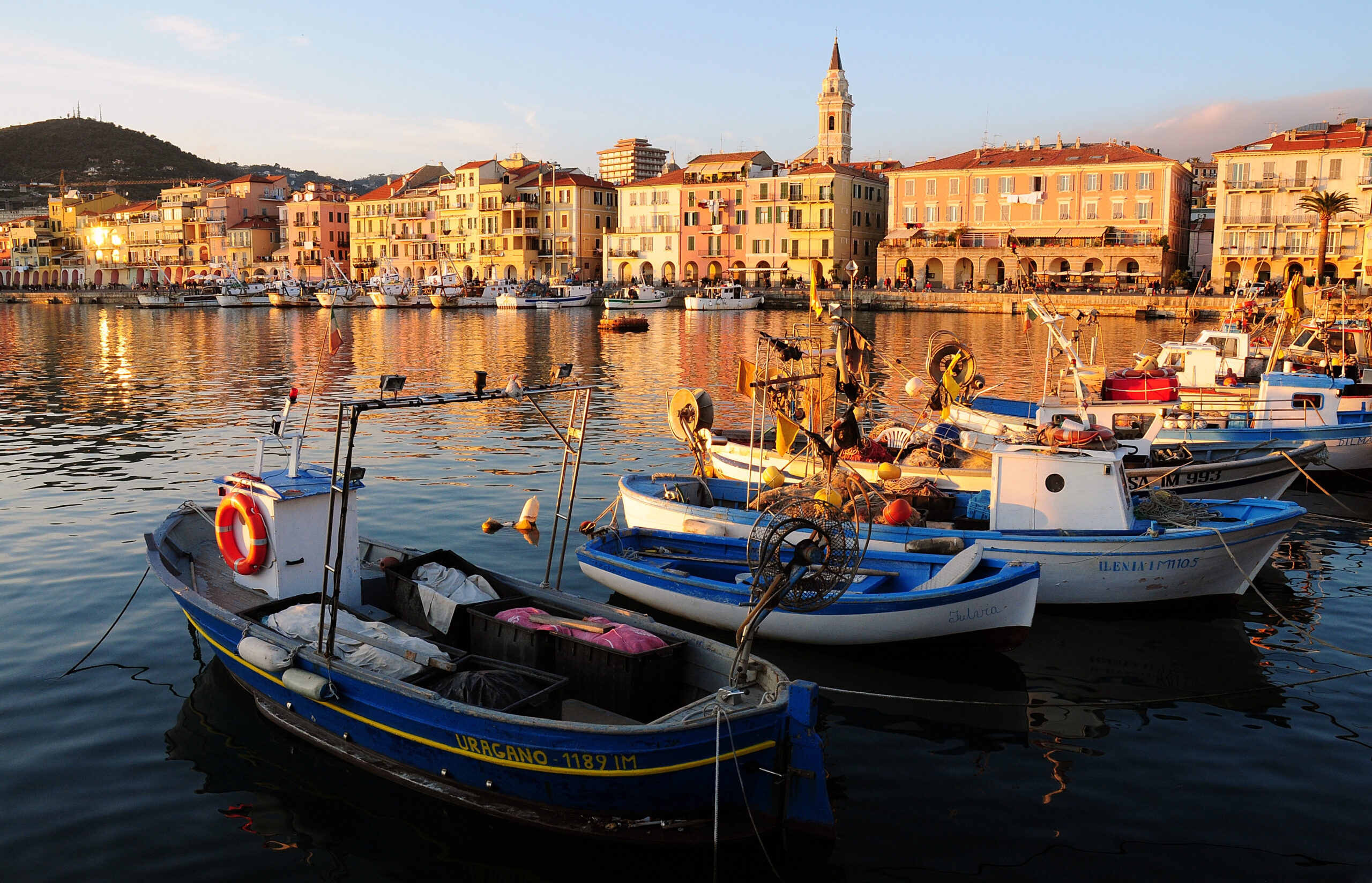
The Carli Museum
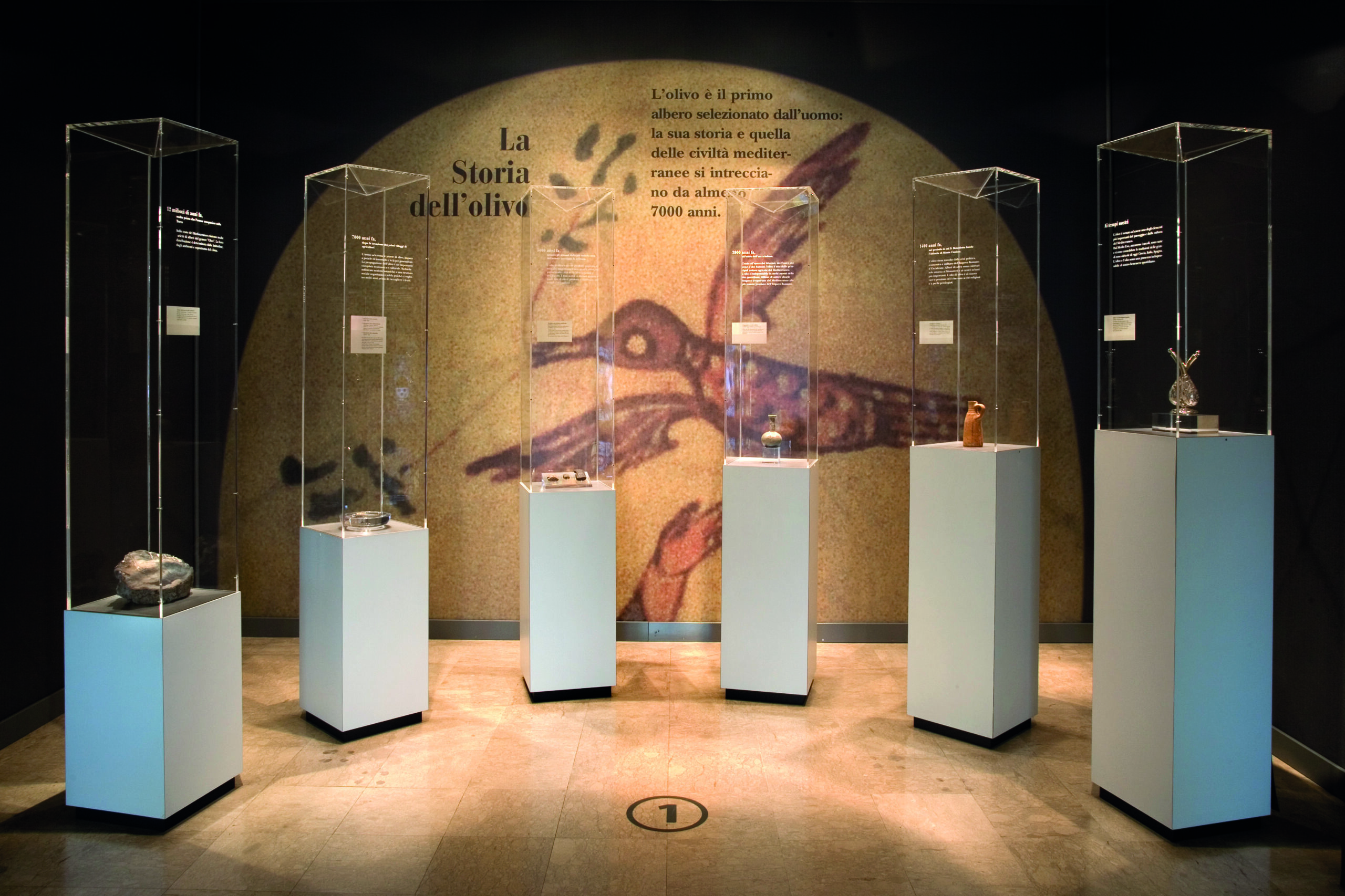
The Museum was inaugurated by the Fratelli Carli Imperia company in 1992, and offers a journey through the culture of olive oil. The path starts from the roots of the olive tree, an ancient symbol of peace. Proceeding through the hold of a ship filled with old amphora, we retrace the steps of the transport of olive oil along the Mediterranean routes and investigate processing techniques, to learn about the many uses of an elemental product that has always been precious to mankind, whether for food, cosmetics or religion. The final tribute is to the landscape, told through the lovely words of the poets and writers who have conveyed the spirit of this land.
Olioliva: the olive oil festival in Imperia
Production is limited, but the quality is of a very high value: Taggiasca olive oil has a true excellence that blends harmoniously with the local cuisine of the area, consisting of dishes that are light and delicate. Olioliva, the Imperia festival of the new oil, is dedicated every year to the culture of the olive and to its central position in the 30 Mediterranean diet.

The Guatelli Collection

For overseas export during the twentieth century, olive oil was packaged in cans, containers that were light and secure, but also provided a powerful means of communication. The Guatelli family collection is dedicated to the packaging of olive oil: it is situated in a seventeenth century oil mill in Chiusanico, which houses hundreds of decorated cans and lithographic stones. A leap into the history of industrial graphic art at the dawn of marketing.
The Raineri olive oil Water mill
The Raineri olive oil water mill museum illustrates the history of olive oil production, intermingled with that of the family. The company has restored an ancient and rare water mill that is now functioning and used for educational purposes.
